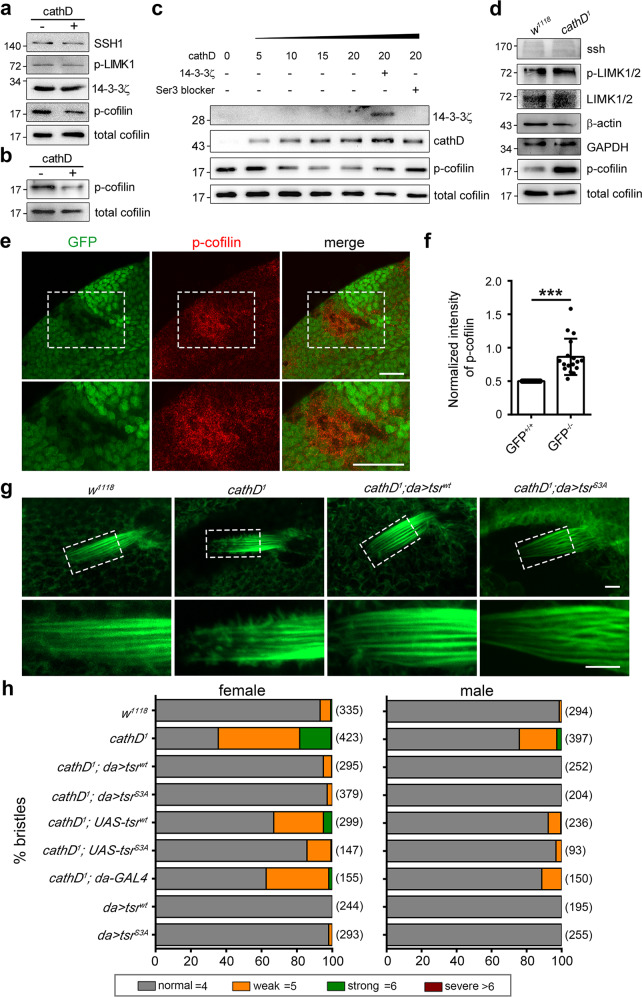Fig. 2. CathD dephosphorylates cofilin both in vitro and in vivo.
a In vitro phosphatase assays showing that recombinant human cathD reduces phosphorylation levels of cofilin at Ser3 in whole-cell extracts from primary microglia. Levels of SSH1, 14-3-3ζ, p-LIMK, or total cofilin are comparable between groups (three independent experiments were performed). b In vitro phosphatase assays showing that recombinant human cathD exhibits phosphatase activity on purified human cofilin (1 h at 37 °C; five independent experiments were performed). c Recombinant cathD (5, 10, 15, and 20 nM) dephosphorylates purified cofilin (50 nM) in a dosage-dependent manner. Addition of recombinant 14-3-3ζ or Ser3-blocking peptide blocks cathD-mediated cofilin dephosphorylation (three independent experiments were performed). d Representative immunoblot images of total proteins extracted from wild-type (w1118) or cathD-depleted (cathD1) adult flies. p-cofilin levels are increased in cathD1 mutants. Three independent experiments were performed. e, f cathD1 mutant clones (GFP negative) were generated using FRT recombination in the 3rd instar larval wing discs. Representative images (e) and quantification (f) showing that p-cofilin levels are increased in cathD1mutant clones (GFP negative), compared with adjacent twinspot wild-type clones (GFP positive). n = 16 flies per group. Scale bar, 20 μm. g Representative images of actin-based fly bristles labeled with rhodamine-conjugated phalloidin. Dashed boxes are magnified in lower panels. Note that ubiquitous expression of either tsrwt or tsrS3A in the cathD1 mutant background (cathD1; da > tsrwt or cathD1; DA > tsrS3A) rescues actin bristle defects in cathD1 mutants at 34 h APF. Scale bar, 5 μm. h Scutellar bristles in adult flies were classified as follows based on severity: normal (gray, 4 bristles per scutellum), weak (orange, 5 bristles per scutellum), strong (green, 6 bristles per scutellum), and severe (dark red, > 6 bristles per scutellum). n = 93–423 flies per genotype from six independent experiments. Ubiquitous expression of wild-type tsrwt (cathD1; da > tsrwt) or constitutively active tsrS3A (cathD1; da > tsrS3A) restores the bristle duplication phenotype in cathD1 flies. Data are means ± SEM, unpaired student t-test. ***P < 0.001. See Supplementary information, Table S3 for detailed statistics.

